1. Career Prospects and Development Path in Embedded Linux Development
With the rapid development of technology, embedded development is becoming increasingly widespread in various fields. The employment directions for embedded development include smart homes, medical devices, industrial control, automotive electronics, aerospace, and more. Embedded system design is an important part of electronic product design, and most technology companies at home and abroad have established their own embedded development teams. The personnel composition required by the team includes: system design engineers, hardware engineers, low-level driver engineers, Linux system engineers, application development engineers, etc.
1. Smart Home
Smart homes refer to the use of intelligent devices and systems to make home life more convenient, comfortable, and secure. With the improvement of people’s living standards and the development of technology, the smart home market continues to expand, and the application prospects of embedded development in the smart home field are also increasingly broad.
In the smart home field, the main work of embedded development is to develop various intelligent devices and systems, such as smart lighting, smart security, smart appliances, etc. Embedded developers need to master related hardware and software technologies, such as processors, sensors, communication technologies, operating systems, etc., and also need to have certain circuit design and programming capabilities. Common appliance manufacturers include: Midea, Gree, Haier, AUX.




2. Medical Devices
Medical devices refer to various devices used for diagnosis, treatment, and auxiliary treatment. With the continuous development of medical technology, the medical device market is also continuously expanding, and the application prospects of embedded development in the medical device field are very broad.
In the medical device field, the main work of embedded development is to develop various medical devices and systems, such as medical imaging, medical robots, remote diagnosis, etc. Embedded developers need to master related hardware and software technologies, such as processors, sensors, communication technologies, medical data processing, etc., and also need to have certain medical knowledge and experience in using medical devices.
3. Industrial Control
Industrial control refers to the monitoring, control, and optimization of industrial production processes through various control devices and systems. With the development of industrial automation and intelligence, the demand for embedded development in the industrial control field is also continuously increasing.
In the industrial control field, the main work of embedded development is to develop various industrial control devices and systems, such as CNC machine tools, industrial robots, smart manufacturing, etc. Embedded developers need to master related hardware and software technologies, such as processors, sensors, communication technologies, industrial control algorithms, etc., and also need to have certain mechanical and electronic knowledge. Common industrial control manufacturers include: Inovance, Schneider, Siemens.

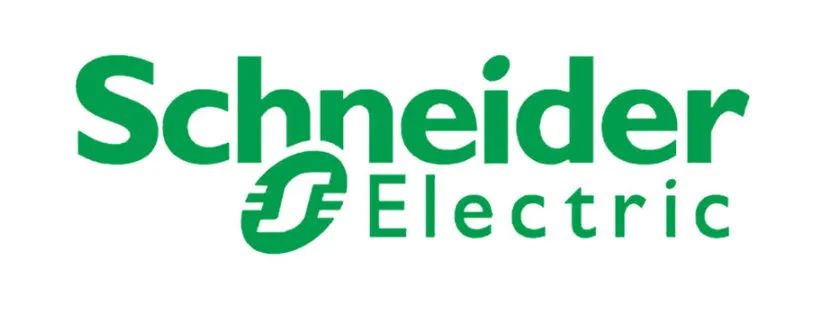

4. Automotive Electronics
Automotive electronics refer to various electronic devices and systems used in automobiles. With the development of automotive technology, the demand for embedded development in the automotive electronics field is also continuously increasing.
In the automotive electronics field, the main work of embedded development is to develop various automotive electronic devices and systems, such as engine control, chassis control, body control, etc. Embedded developers need to master related hardware and software technologies, such as processors, sensors, communication technologies, automotive control algorithms, etc., and also need to have certain knowledge of automotive structure and principles. Common automotive electronics manufacturers include: NIO, Li Auto, Leap Motor, Geely, Changan, Volkswagen.
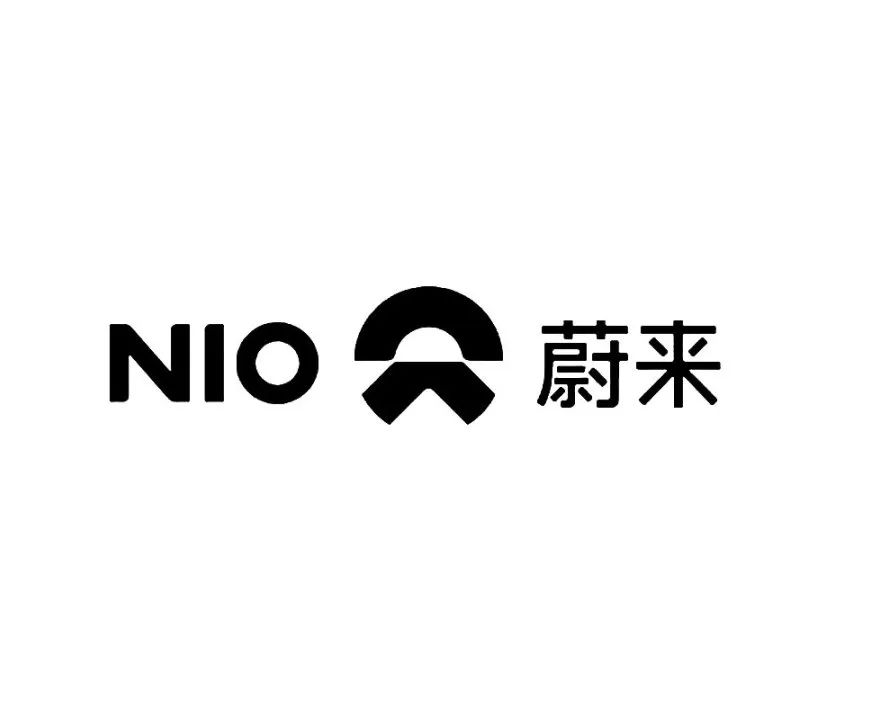

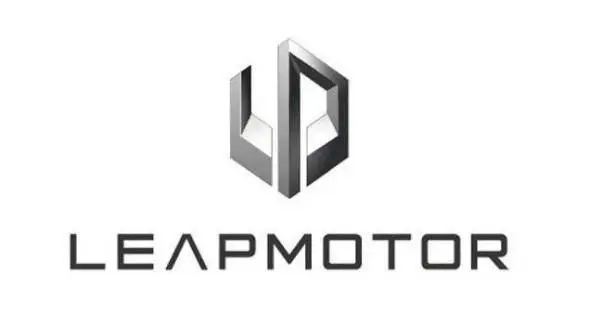
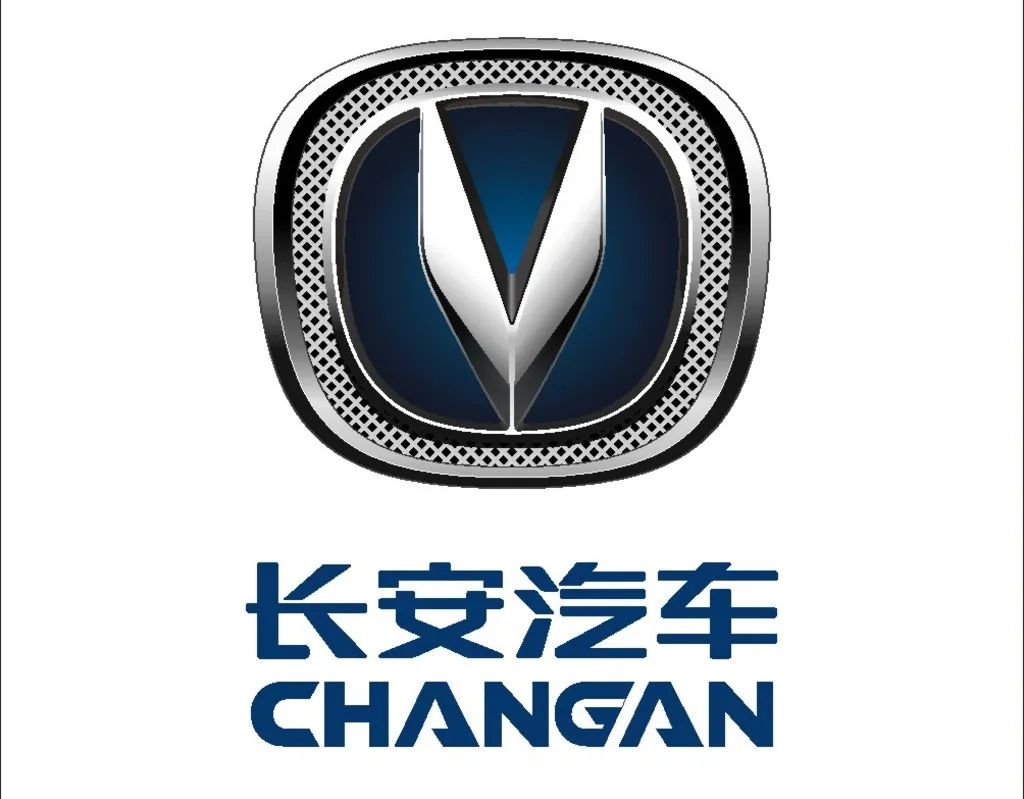
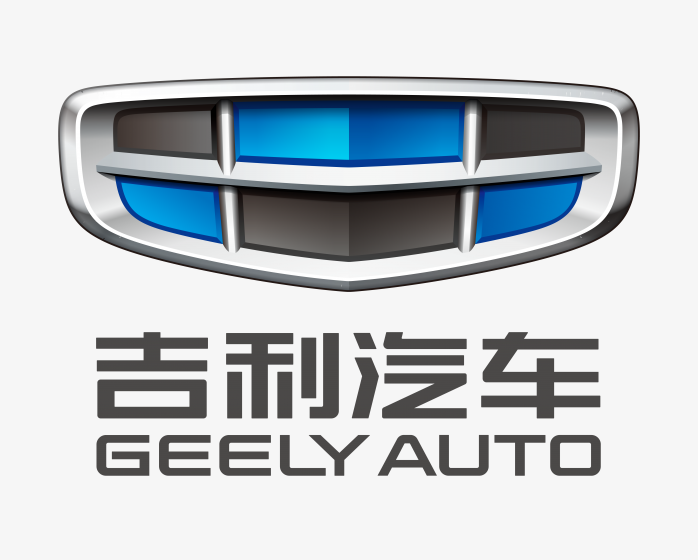
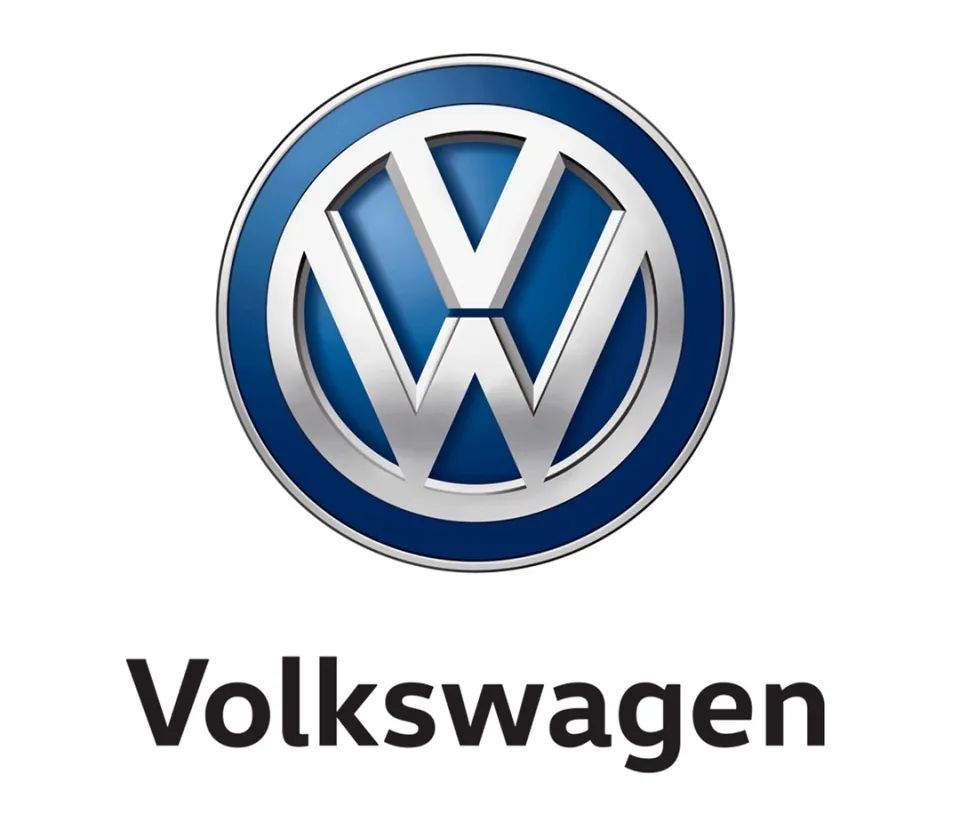
5. Military Industry
The military industry refers to various electronic devices and systems used in national defense construction. With the development of science and technology, the demand for embedded development in national defense construction is also continuously increasing.
In national defense construction, the main work of embedded development is to develop various electronic devices and systems, such as aerospace communication, navigation, control, etc. Embedded developers need to master related hardware and software technologies, such as processors, sensors, communication technologies, control algorithms, etc. Common military industry enterprises are mostly central state-owned research institutes, such as China Electronics Technology Group, China Shipbuilding Industry Corporation, Aviation Industry Corporation of China.
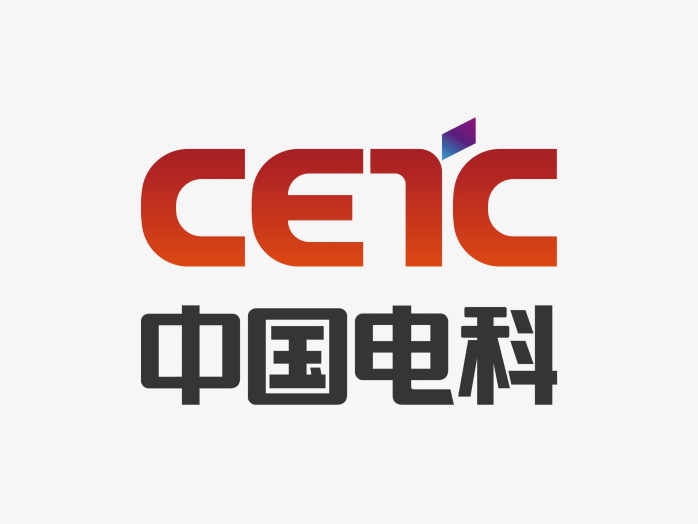
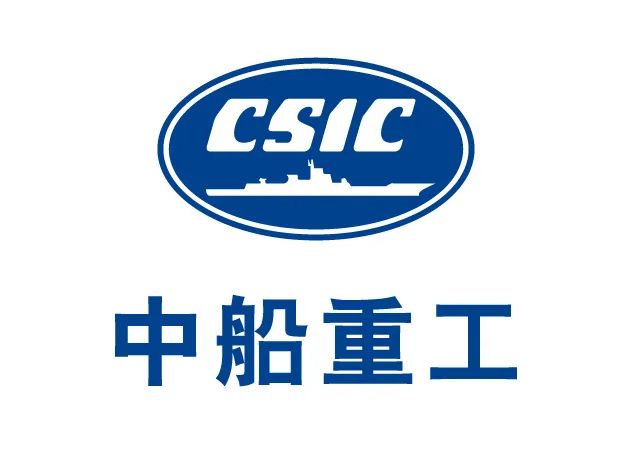
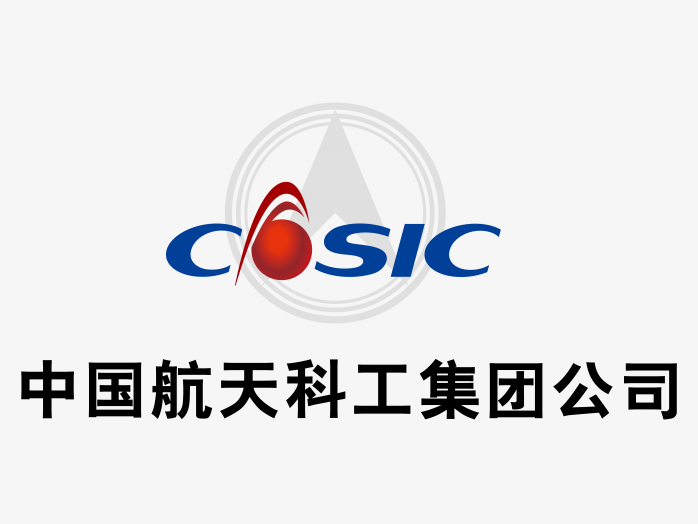
6. Semiconductor Chips
In recent years, under the oppression and blockade of foreign evil forces, the development of domestic chip enterprises has been thriving, with continuous expansion of market scale and simultaneous technological innovation and industrial upgrading, especially in the fields of medical chips, smartphones, AI infrastructure, and the automotive industry, where the demand for chips has grown significantly. Common chip manufacturers include: 恩智浦, Qualcomm, Hengxuan, Rockchip, Changxin.
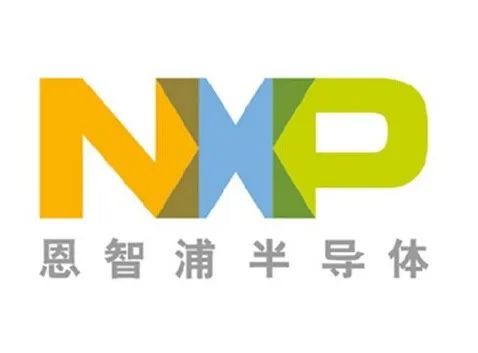
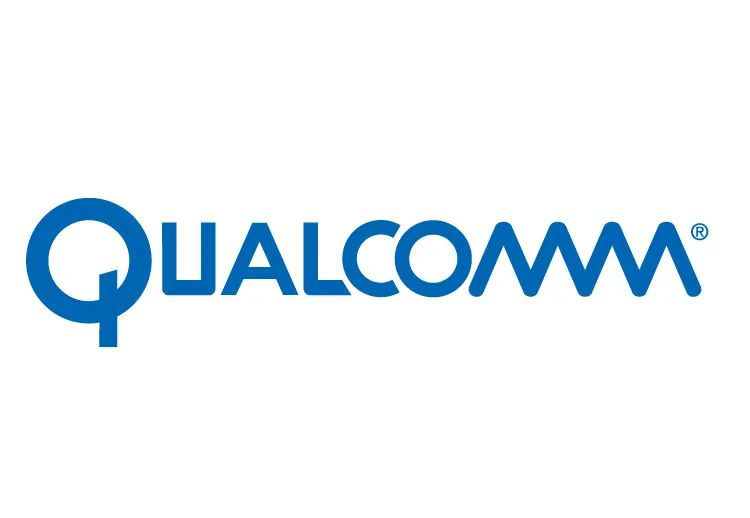
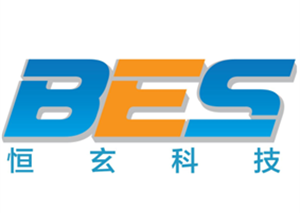
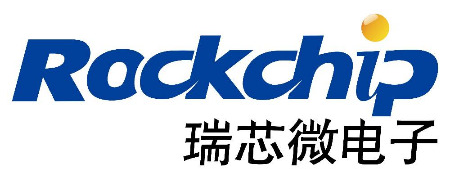
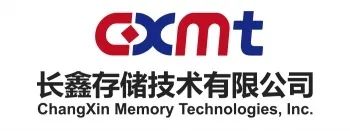
2. Knowledge and Skills Required for Embedded Linux Development, and Recommended Learning Paths
1. Linux Application Development Engineer Technical Stack
①C Language, C++ code writing and debugging ability
Key chapters:C Language: pointers, functions, arrays, structures, polymorphism, STL, etc. C++: object-oriented programming (classes, objects, encapsulation, inheritance, polymorphism), templates, and some common algorithms, such as bubble sort, circular queue, etc.
②Linux Operating Basics basic principles + shell operations
Basic principles:Master the basic operations of the Linux operating system and system fundamentals, understand basic principles related to storage such as MMU and cache:
Usage requirements:Proficient in using shell commands in the Linux environment
③Linux Operating System Basics system fundamentals and APIs
Basic requirements:Master the internal principles of the Linux operating system, understand file systems, interrupt mechanisms, user mode coding, debugging basics. Understand multithreading, multiprocessing principles, master basic thread and process communication, mutex protection mechanisms, etc.
Usage requirements:Proficient in the above system APIs (threads, processes, etc.) and third-party libraries, such as socket, io, etc. APIs, able to write and debug code as needed.
④Linux Code Debugging Ability code debugging
Basic requirements:Master basic GDB debugging techniques, master various debugging techniques and methods, such as disassembly positioning, etc.
Usage requirements:Proficient in using various code positioning debugging techniques, able to quickly and accurately locate code bugs.
⑤Product Domain Business Basics business basics and basic principles
Basic requirements:Master the basic principles of the business domain corresponding to the embedded product and commonly used algorithms.
Usage requirements:Proficient in the algorithms and protocols corresponding to the product, understand the business processes of product functions, for example, those working on video processing need to master the basics of video principles (line field pixels, etc.), understand H264 encoding and decoding algorithms, and master basic control protocols such as RTSP.
2. Linux BSP Engineer Technical Stack
①C Language code writing and debugging ability
Key chapters:pointers, arrays, structures, and bit-field operations. And some common algorithms, such as bubble sort, circular queue, etc.
②Linux Operating Basics basic principles + shell operations
Basic principles:Master the basic operations and system fundamentals of the Linux operating system, understand basic principles related to storage such as MMU and cache:
Usage requirements:Proficient in using shell commands in the Linux environment
③Linux Operating System Basics system fundamentals and APIs
Basic requirements:Master the internal principles of the Linux operating system, understand file systems, interrupt mechanisms, user mode coding, debugging basics. Understand multithreading, multiprocessing principles, master basic thread and process communication, mutex protection mechanisms, etc.
Usage requirements:Proficient in the above system APIs (threads, processes, etc.) and third-party libraries such as socket, io, etc. APIs, able to write and debug code as needed.
④BSP Development Ability proficient in boot (Bootloader) basics and coding
Basic theory:Master the basic principles of chip boot, master at least one popular Bootloader framework and code porting, coding debugging ability.
Usage requirements:Proficient in boot coding and debugging, able to modify and port boot code according to the chip, proficient in Linux system porting and related operations.
⑤Linux Driver Development Ability driver principles + driver development
Basic requirements:Master the principles of the Linux driver framework, such as I2C, input, USB subsystems, etc., able to read chip manuals, and perform corresponding driver development work based on peripheral characteristics.
Usage requirements:Proficient in Linux driver development, able to perform corresponding driver development and kernel coding debugging work based on chip peripheral characteristics.
⑥Linux Code Debugging Ability code debugging
Basic requirements:Master basic GDB debugging techniques, master various debugging techniques and methods, such as disassembly positioning, etc.
Usage requirements:Proficient in using various code positioning debugging techniques, able to quickly and accurately locate code bugs.
3. Recommended Learning Paths
① Embedded Linux C Basics
C language is crucial for embedded systems, and the Linux operating system is implemented in C, including the underlying Android system also implemented in C. A solid foundation is essential.
Learning content:
Understand the Linux operating system, learn the directory structure under Linux, basic commands, editors, V compiler, GCC debugger, GDB, and Make project management tools
Shell, Makefile script writing, and building an embedded development environment, etc.
② Linux System Programming
Learning content:
Focus on file IO, Linux multiprocessing and multithreading, inter-process communication, synchronization and mutual exclusion for shared resource access control, and other important knowledge, mainly improving understanding of Linux application development and code debugging abilities.
③ Linux Network Programming
Network programming related knowledge
Learning content:
Start from the development of Linux networks, TCP/IP protocol, socket programming, TCP network programming, web programming, etc., to fully understand Linux network application programs
Focus on learning network programming related APIs, mastering the programming methods of TCP protocol servers and the implementation of concurrent servers, understanding HTTP protocol and its implementation methods, familiarizing with the principles and programming methods of UDP broadcasting and multicasting, and mastering the design of hybrid C/S architecture network communication systems.
④ Data Structures and Algorithms
Learning content:
Data structures and algorithms are widely used in embedded low-level drivers, communication protocols, and various engine development, and mastering them directly affects program efficiency, simplicity, and robustness. This stage of learning should focus on understanding the basic content of data structures and algorithms, various search and sorting algorithms, and their C language implementation processes. It is recommended to first review the coding ideas, then aim for offers or tackle the top 100 on LeetCode.
⑤ C++ and QT
Qt is a tool for graphical interface development; C++ can be used for algorithms and also for developing application layer functions of the interface. It is widely used in GUI development in embedded fields. After completing this stage, you will be able to proficiently write GUI programs and port QT applications to embedded system platforms.
⑥ Cortex A Core, Linux Platform Development
Based on ARM Cortex-A system processors, understand the basic reading skills of hardware chip manuals, master Linux platform including kernel trimming, kernel porting, cross-compilation, using GNU tools, kernel debugging, Bootloader introduction, production and principle analysis, root file system production, and integrated deployment of the entire Linux system process.
⑦ Driver Development
Driver program design is an important part of embedded Linux development work
Learning content:
This stage should familiarize with the Linux kernel mechanism, the interface between driver programs and user-level application programs, and master concurrent operations of the system on devices. Familiarity with the working principles of developed hardware, basic knowledge of ARM hardware interfaces, understanding the principles and frameworks of Linux device drivers, and familiarity with commonly used Linux advanced character devices, block devices, network devices, USB devices, etc. driver development, so as to independently undertake low-level driver development in their work.
The content has been organized into a document. For those who need the document,+V: linglv06 or scan the QR code below to get it.
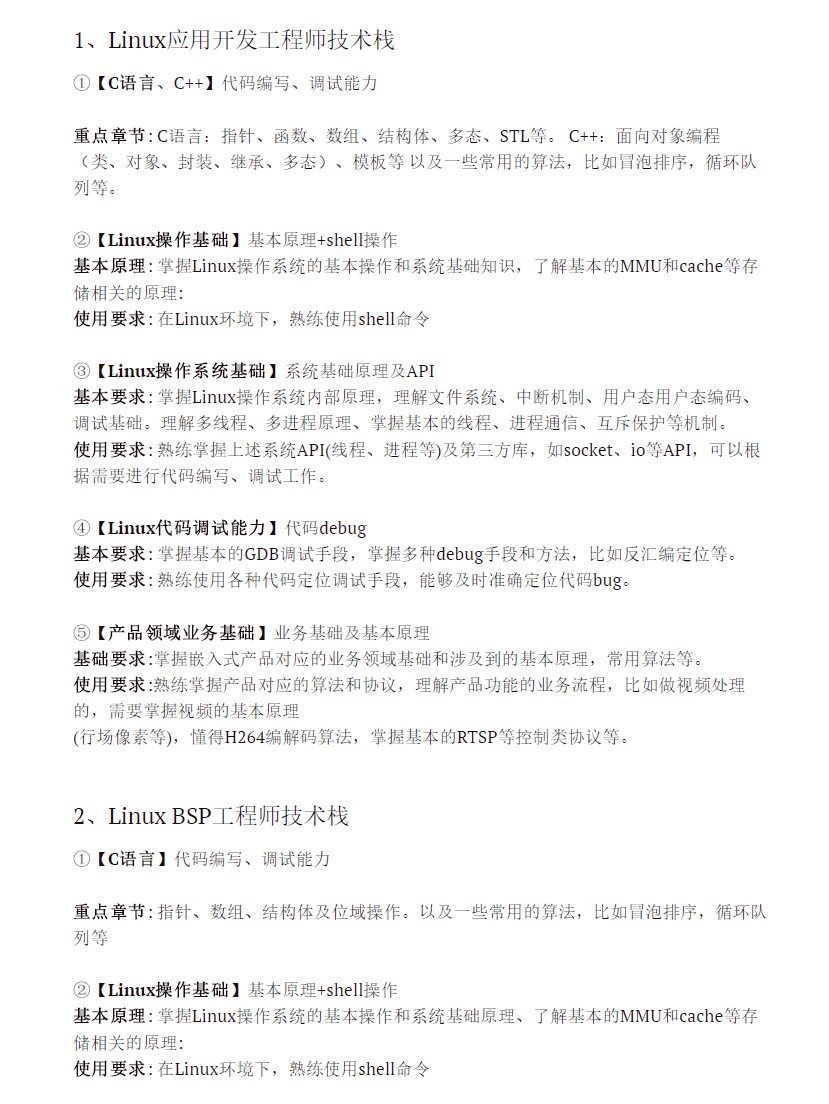

WeChat ID: linglv06
Bilibili: Embedded Self-study – Linglv Senior
Taobao Store: Linglv Senior One-on-One